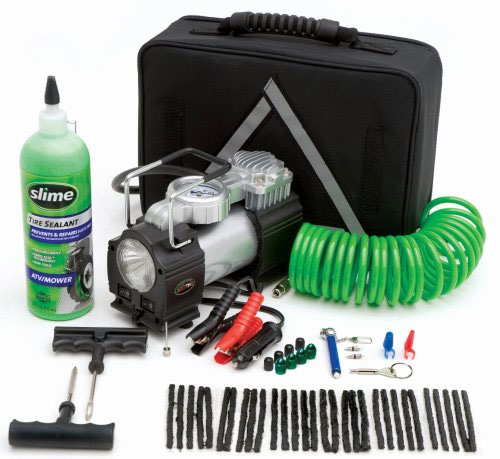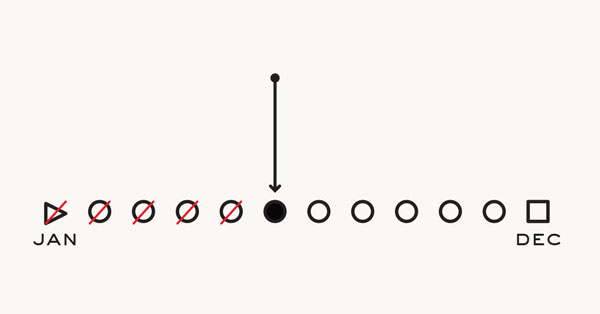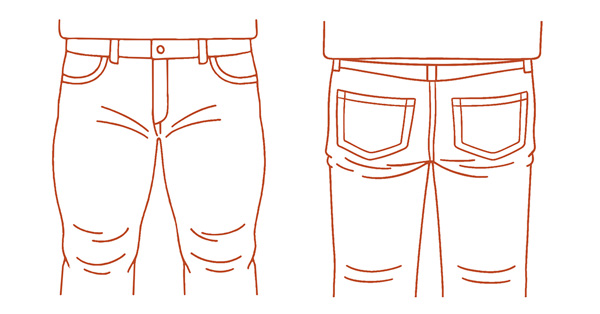Two very important lessons that my parents taught me were “always be prepared” and “always help someone in need”. They actually taught me many important lessons, not the least of which was “always say Sir and Ma’am”. They actually made me do pushups when I would slip up. I’m not even sure that’s legal now…
Anyway, the first two are what we’re here to discuss today. Specifically, being prepared for emergencies with your vehicle and helping people in need of automotive assistance.
The picture above is of my Jeep and the supplies I carry on a daily basis. I’ve used everything at least once (except the fire extinguisher) and, although it may look ominous, there are no weapons, just tools. Yes, there is a knife, an axe, and a hatchet, but those are tools. While you may never need an axe, rubber boots, and paracord (jeez, when I type that out it sounds very serial killer-esque), at some point you will most likely find yourself with a dead battery or flat tire. The list below contains important items that everyone should carry in their vehicle in order to always be prepared and to help someone in need. All of these items are available at your local Wal-Mart, Sam’s Club, Costco, eBay, or Amazon.
Note: I am skipping the uber-basics like a jack, spare tire, and lug wrench
The Big Five: These should be at the top of your list.
Jumper cables $10-$40
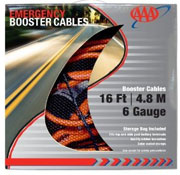
Having a dead battery in a crowded parking lot and not having jumper cables is the 21st century version of The Rime of the Ancient Mariner “Water water everywhere nor any drop to drink”. Instead of wandering aimlessly around the parking lot hoping in vein that you find someone who does have cables that you can borrow, keep some in your trunk. Then, all you have to do is find someone with a battery!
Cables are pretty universal and very easy to use. Don’t get any that are less than 10ft in length. I’ve never had an issue with cables being too long. Most cables these days come with a storage bag and instructions too.
Air pump/flat repair kit $19-$65
90% of the tires I have changed have not been my own. Often, they belong to people who have absolutely no idea what they are doing, and are literally two mistakes away from killing themselves. 50% of those people do not have suitable spare tires. Enter the flat repair kit. This is not a cure all replacement for a proper spare tire, but it can save you, or the person you’re helping, from having to leave their vehicle somewhere unsafe or have it towed.
Flat repair kits with an air pump range in price from $19 for a cheap, but good, kit for small passenger cars, to $65 for a kit with a much larger (faster) air pump designed for trucks and SUVs. My brand of choice is Slime. I keep the $65 kit in my Jeep and will be adding one to my wife’s truck very soon. Slime kits come with a 12v air pump that runs off of your cigarette lighter (if that doesn’t work you can get an adapter that allows you to connect to the battery. Check the automotive electrical section or Radio Shack) a container of Slime goo, and instructions. The more expensive kits come with tire plugs and tools to remove nails and plug the holes they leave behind. You can always use a bigger pump on a car tire. It will just inflate it that much faster. If you have the money to spend on it, or you often find yourself needing an air pump, buy the Heavy Duty Flat Repair Kit from Slime. I promise you won’t be disappointed.
The real advantage that these kits have over aerosols like Fix-A-Flat is that they are reusable. Sometimes, your tire just has a slow leak. Instead of dropping a buck at the gas station, bust out your air pump. They also work on most bicycle tires and many come with needles for inflating sports balls.
First Aid Kit $7-$30
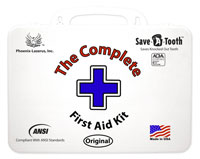
If you are more comfortable in your first aid abilities, or find yourself on adventures away from civilization, consider investing in a more extensive kit. You never know when you might come across someone in need, or need help yourself. What’s in that little box could mean the difference between life and death in some instances.
Here’s my required disclaimer: You should always help someone in need, but don’t do anything that you aren’t 100% sure will help them. It’s a true fact of this sad life that people can sue you for trying to help them. If you can get 911 on the phone, follow their instructions the best you can.
Fire extinguisher $10-$30
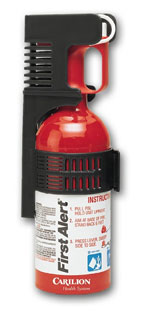
Keep one in your vehicle, and keep it somewhere that you can easily access in an emergency. If you have to use a key to open your trunk no matter what, that’s not a good place. Look for one of the smaller spray can models that will fit in your glove box or under the seat. If you have room, go for one of the 2lb models that are rated for auto and marine use. It is also important to check your extinguisher and make sure that it is charged. I check the one in my Jeep on the first of the month. It takes 2 seconds to look at the gauge and it gives me a little extra piece of mind.
Flashlight $5+

If you want something more substantial, and have $25 or $30 to spend, you can’t go wrong with a 2 or 3 D-cell LED Maglite. There is a reason they were used in the law-enforcement world for so long. I’ve had the same Maglite for almost 15 years, and just upgraded to the LED bulb last year. It has been dropped more times than I can count, and run over twice. These things are just unstoppable.
Extras you can pick up later on down the road
If you still have room in your trunk, consider picking these items up as your spending money allows.
Gas can $10: Helpful if you’re out of gas and roadside assistance is hours away.
Wheel chock $4: Use this for added safety when you’re changing a tire.
Tow strap (not one with metal hooks attached) $20: This $20 and a helpful passerby can save you hundreds in tow truck bills if you become stuck in a ditch, in the sand, or in the snow. The ones with metal hooks attached are generally weaker and the hooks can become projectiles. Stick with a strap that has loops at each end and buy a D-ring from Tractor Supply Company or eBay if needed, to allow you to attach it to your tow points. Every vehicle has them, consult your owner’s manual for your specific locations.
Old towel or beach blanket $0-$10”: Sit on it instead of the ground while changing tires. Your pants will thank you.




